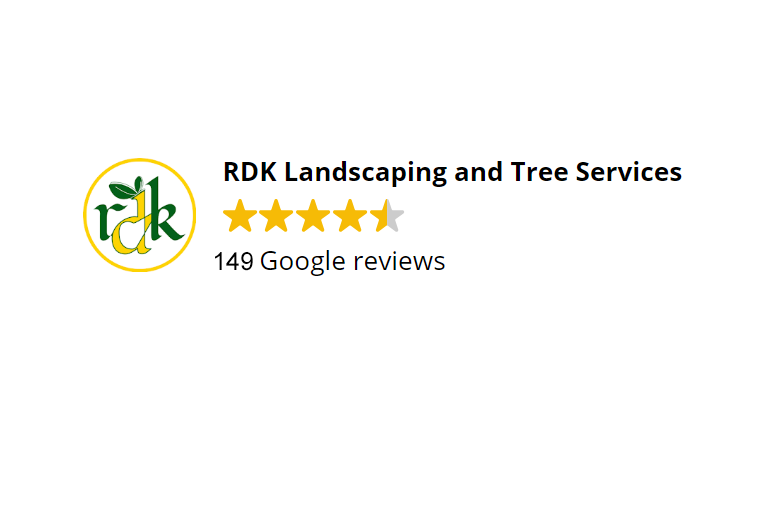The best way to maintain a lush green lawn each summer is to give it extra care and attention each spring. Take the right steps at the right time to maximize your time and satisfaction with helpful tips from the landscaping experts at (Company Name). Are you looking for a one-stop, one-pager? Click below (Add a Link) to download a checklist of spring lawn care tips. Then read our blog for more details and advice (Add a Link).
Spring lawn care tips
Click here to download the one-page checklist. (Add a Link)
– Read full tips and details here:
– For best results, tailor lawn care to the type of lawn on your property.
Cool season grass
Varieties such as bluegrass, fescue and ryegrass grow moderately in the spring but peak in the fall. Because they are more susceptible to heat, the turf must be strong enough to withstand higher temperatures.
Worm wild grass
Bermuda, centipede, St. Augustine, and other warm season varieties do well in high summer heat and remain dormant throughout the winter. Growth begins after the last spring frost and continues until mid-October or the first frost.
Start slow
Even if you’re zealous, don’t overdo it with gardening until the soil has dried and the grass has had time to reawaken. Spending too much time on the lawn in the early stages can damage the buds or compact the soil, so spend your time wisely by adjusting your lawn mower, cleaning garden tools, or spreading snowdrifts so your grass dries out faster.
Organize
Walk around the house picking up larger objects such as twigs, twigs or other debris. Thoroughly and deeply rake the lawn to remove thatch or dead grass and detect dead spots or areas where the soil may be compacted.
Fertilize
Cool season grasses should be fertilized in the fall when they are in flower, but if you skipped this step last fall or your turf is in poor condition, apply a small amount of a slow-release fertilizer for extra fertility. For warm season lawns, fertilize at the beginning of vigorous growth in mid to late spring.
Overseeding
Bear spots are unhealthy and unsightly and can be removed with supervision of your lawn. Cool season grasses should be sown in the fall, while warm season grasses can be sown when outdoor temperatures reach 70 degrees and there is no risk of frost.
Weed control
Early spring is a great time to control weeds, but any weed killer will inhibit the growth of new weeds, so you’ll have to choose between reseeding or weeding. Use a mild pre-emergence herbicide as a preventive measure to prevent crabgrass and weed growth.
Preparing the garden flower bed
When the soil is ready to work after the last frost, start preparing your garden beds. In winter, the soil is compacted, making it difficult for water and nutrients to reach the plant’s roots. Loosen the soil using a cultivator or a sharp shovel. Now is a good time to add compost or other nutrients. Add fresh mulch to your plants in popular spring colors.
More strategies
More strategies
Mowing – When the grass is long enough to mow, set the height of the mower so that it does not mow more than 1/3 of the blades of grass.
Watering – Water about 1 inch per week.
Pruning – If trees and shrubs are not pruned in winter, they should be removed before they sprout.
Pest Control – In late spring, grubs appear and start eating your lawn. If you become aware of a break-in, please contact RDK Landscaping for a full assessment and remediation.
Aeration – For best results, aeration should be done during peak hours. Cool season lawns can be ventilated in the fall and warm season lawns can be ventilated in early summer.
Spring is the season of renewal and a great time to get your home and yard ready for the warmer days ahead. While you’re out there for spring lawn care, let your local housemaid help out with a spring indoor cleanup. For year-round landscaping needs, contact the experts at RDK Landscaping or call +1 716-710-0390 for a quote.
Our Services
Latest Posts
- Transform Your Outdoor Space: Top Landscape Design Trends for 2024
- How to Choose the Perfect Plants for Your Garden: Expert Tips
- Snow Relocation and Hauling: Strategies for Managing Excess Snow in Your Property
- DIY Snow Relocation and Hauling: Tips for Handling Excess Snow Efficiently
- Snow Salting and Sanding: Essential Techniques for Safe Winter Surfaces






